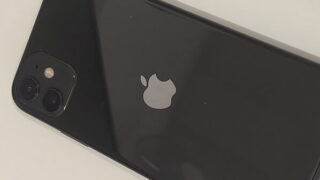 お役立ち
お役立ち WEBライター講座をユーキャンで受けてみた!感想や内容・必要なもの紹介
インターネットを使って文章を書くと仕事になる時代です。 でも初心者の方は何をどうして良いか解らないですよね。 私はこれから自分のブログに記事を書いていこうと思い、自分の実力を知る為にもユーキャンでWEBライター講座を受けてみました。 興味の...
 お役立ち
お役立ち  IT
IT  IT
IT  IT
IT  IT
IT  IT
IT  IT
IT  IT
IT  IT
IT  IT
IT